KIT & CABOODLE: MASH TUN & LAUTER TUN
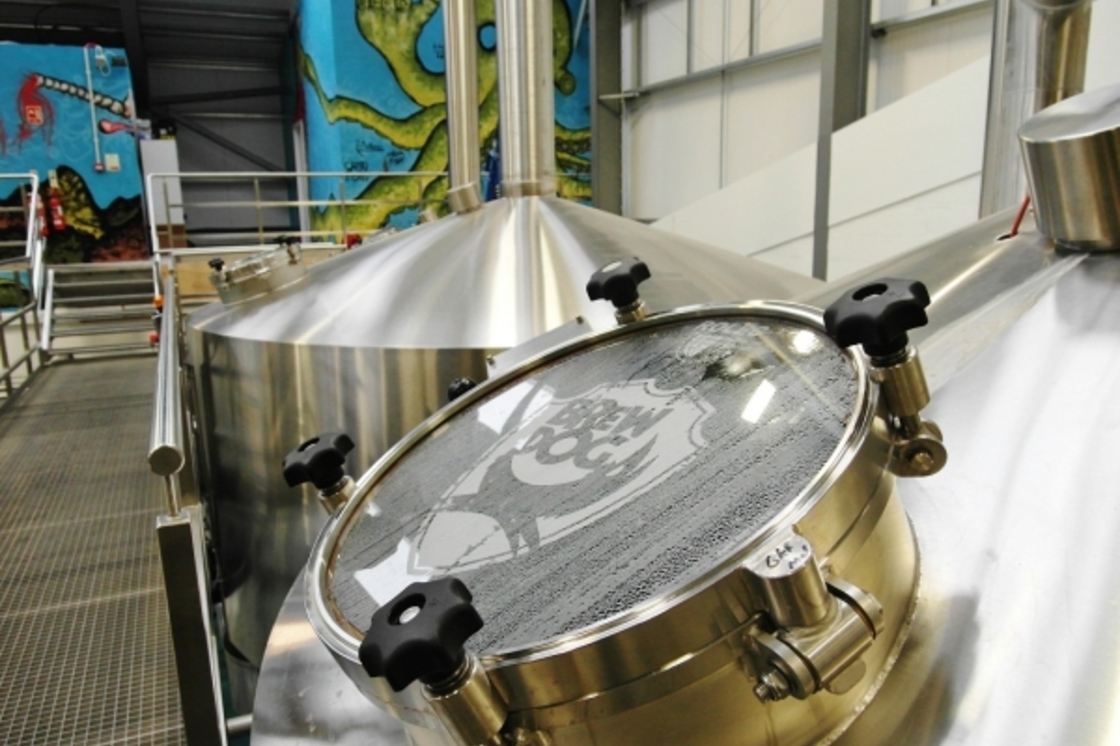
So we've checked out the mini versions of our brew kit, and we've milled our grain, so we best get brewing in these here blog posts, wouldn't you agree?
*Rubs hands together and rolls up sleeves* Today, ladies and gents, we mash in!
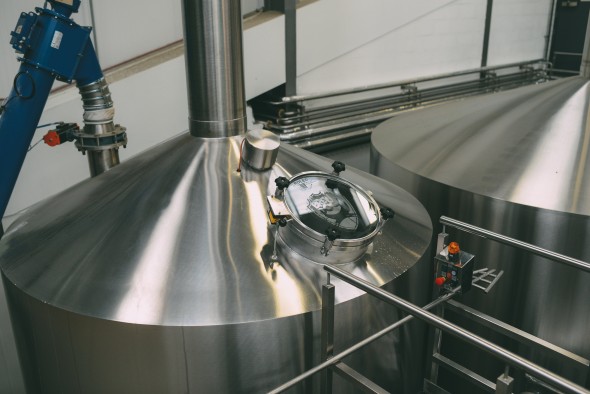
MASH TUN.
Here begins the brewing process.
If you're unfamiliar with how beer is made, mashing is the first stage of brewing and it creates the canvas for your beer. It is also integral to get this bit calibrated just right as it will determine the colour of your beer, how strong the ABV is (or can be) and how sweet it is. It can influence key results like how dry it is, the body of the beer and what the mouthfeel is like. So this is a big deal.
Mashing in is the process of adding hot water (called liquor) heated to around 65-70C to your carefully selected and gently milled malted barley. You then mix this and leave it to mash for as long as needed for the brew you're working on, normally around an hour. The consistency you're left with is very much like porridge…unsurprisingly given it's very similar stuff you're using!
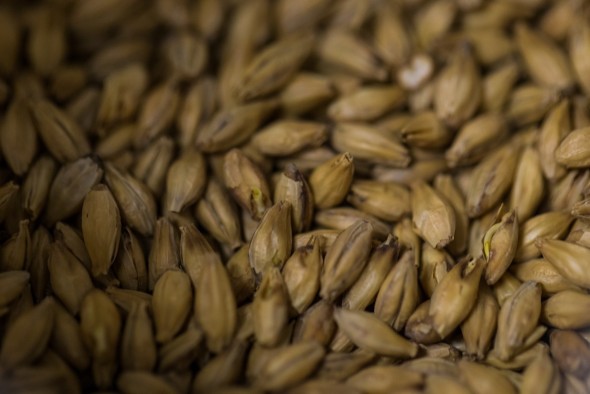
When adding hot water (liquor!) to your malted barley, you're activating the enzymes in the partially-geminated grains. By doing this, you convert starches to sugars, which are intrinsic to the fermentation stage of brewing when you add yeast as yeast converts sugars into alcohol. The measure of fermentable sugars dissolved in the resulting "wort" (the liquid drawn off from the mash) is calculated as "Original Gravity" or OG. Once the beer is brewed and the yeast has done its thang, you can compare the Original Gravity to the Final Gravity and calculate the ABV %. So taking that first measurement is pretty critical too!
The mash tun is where this all goes down. It's a big stainless steel vat and ours at Brew HQ has a pipe direct from the mill to take freshly milled malt straight down to mash in with. There's a big arm in the mash tun that moves the malt around to mix it and evenly distribute it within the liquor. Back in the old days when we were based in Fraserburgh, we had a makeshift farming equipment mod setup that shifted the malt from ground level into the top of our mash tun, and then we used big plastic spades to mash in. It was cool to build and did the trick perfectly for the time we were there, but we're kinda glad we don't have to do that anymore. It was pretty intense work.
Once the mash is ready, we can draw off the wort (the sweet liquid created) and take it to the lauter tun…
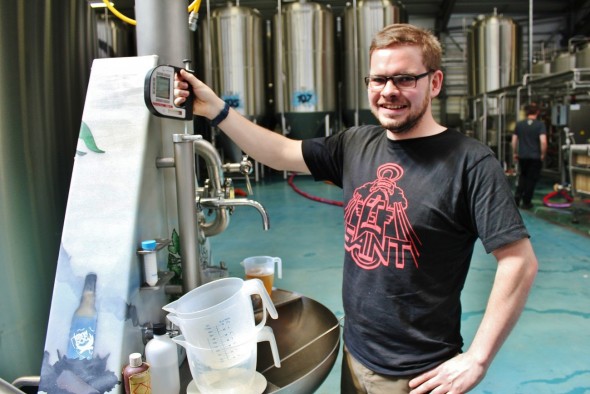
LAUTER TUN.
This, my friends, is where we sparge. (This blog is really rocking all the awesome weird beer lingo today!) Very simply put, this is the process of sprinkling water over the wort to remove residual grain and clean it up ready for the boil.
It looks a lot like the mash tun but it's got a false bottom to hold the grain and allow the sparged wort to filter through as a clear liquid.
So how much wort can Brew HQ mash and lauter in a day? Starky's got the low down:
"Our Mash Tun is 90hl, and the Lauter Tun capacity is spoken about more in metres than volume as the bigger the brew, the more base surface area you need to run off efficiently. The brewhouse max capacity altogether is around 128hl but you don't need as much volume in the Mash Tun as you are adding sparge water into the Lauter Tun, which brings up the volume.
Almost everything we brew is in 100hl batches and then we add multiples of that to fit into the relevant tank volume. We do occassionally brew bigger brews up to 128hl if we have lost volume somewhere in previous brews like when we pitch a propagation.
In a day, we can brew eight or nine batches of Dead Pony Pale Ale or Punk IPA. However, things like Tokyo* and Cocoa Psycho can be in the lauter tun alone for up to eight hours in comparison to Punk, which is through and out the other side in 90 mins. For those bigger, darker beers we'll tend to just stick to one or two a day (hence their higher price and ABV!). They are also half batches at 50hl rather than the optimal 100hL batch size."
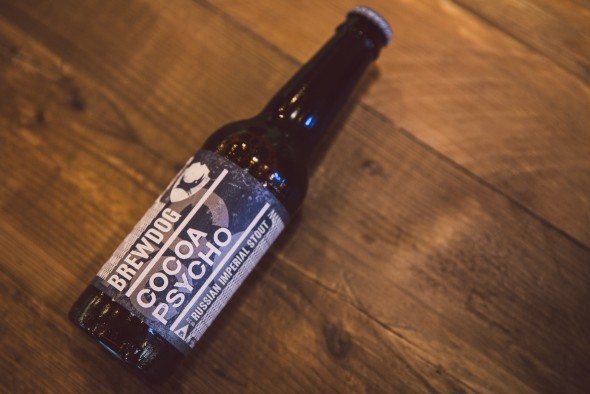
So that's the first stage done! Next up, we'll be getting our hop on in the kettle – got a question for our brewers at the boiling stage of the brew? Sling it in the comments and we'll pose it to our team!

Únete a la conversación
Comentarios (10)